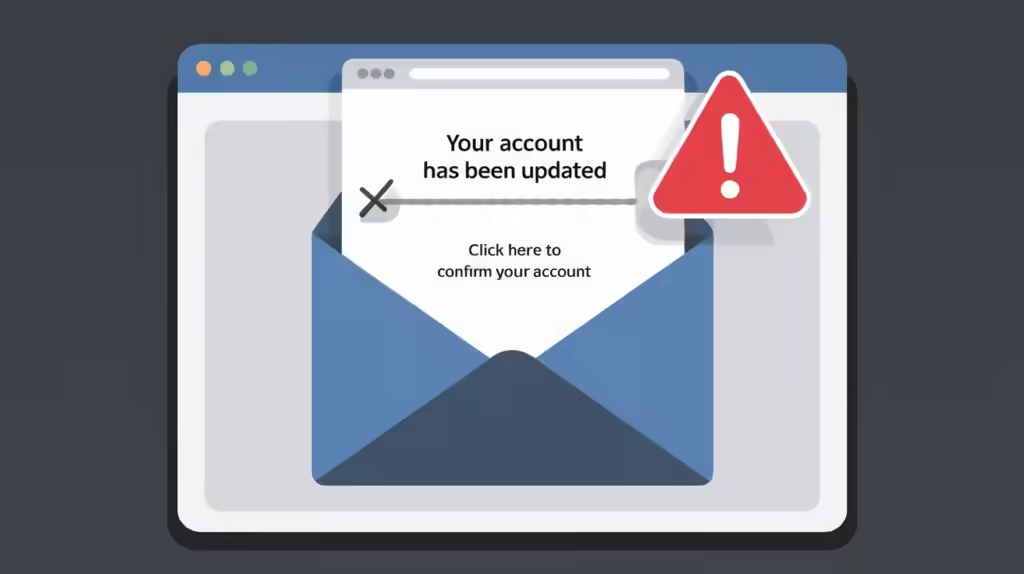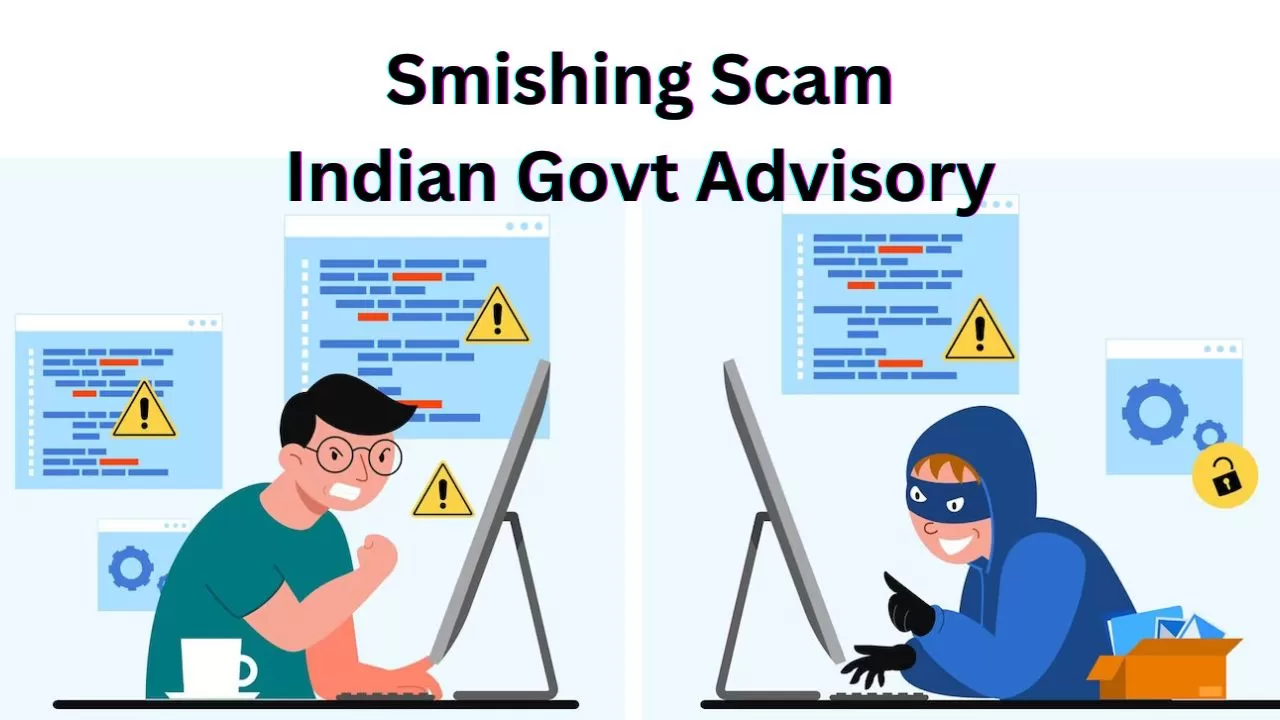Table of Contents
Introduction
In today’s digital age, the convenience of instant communication also brings about new risks. One such risk is smishing scams, a cunning technique used by cybercriminals to exploit unsuspecting individuals through fraudulent text messages. In this comprehensive guide, we will delve into the world of smishing scams, understand how they work, and equip you with the knowledge to safeguard yourself against them.
CyberDost, the Indian government’s cybersecurity awareness initiative, has recently warned about a smishing scam on platform X (Twitter).
Understanding Smishing Scams: What You Need to Know
Smishing, short for “SMS phishing,” involves the use of deceptive text messages to manipulate individuals into sharing sensitive information, clicking on malicious links, or taking harmful actions. These messages often impersonate reputable organizations like banks, government agencies, or well-known brands to deceive recipients into complying with their requests.
How Smishing Scams Work
Smishing scams are designed to create a sense of urgency or curiosity.
Cybercriminals craft messages that provoke immediate action, like claiming a security breach in your bank account or enticing you with a fake prize. They might even use fear tactics, threatening account suspension unless you provide your credentials.
Once you engage with the message—by clicking a link or sharing personal information—the scammers gain access to your sensitive data, which they can misuse for financial gain or identity theft.

Protect Yourself: Tips to Stay Safe
- Stay Skeptical: Treat unsolicited messages with caution, especially those that demand immediate action or ask for personal information.
- Verify the Source: Confirm the legitimacy of the sender. Reach out to the organization using official contact information to ensure the message is genuine.
- Hover, Don’t Click: Hover your cursor over links to preview the actual URL. Be wary of shortened links or URLs that don’t match the organization’s official domain.
- Guard Personal Information: Never share sensitive data like passwords, Social Security numbers, or credit card details via text messages.
- Enable Two-Factor Authentication (2FA): Implement 2FA whenever possible to add an extra layer of security to your accounts.
- Update Security Software: Keep your mobile device’s security software up-to-date to protect against malware and phishing attempts.
- Educate Yourself: Stay informed about the latest smishing tactics and other online scams to recognize potential threats.
Reporting Suspicious Messages
If you receive a suspicious text, report it to your mobile carrier or the appropriate authorities. By reporting, you contribute to a safer online environment for everyone.
you can also dial 1930 to report online financial fraud. Additionally, if you come across any cybercrime incidents, you can report them at cybercrime.gov.in. This way, you can take steps to protect yourself and help combat cybercrime.
Conclusion
In the digital landscape, staying vigilant is crucial. Smishing scams prey on unsuspecting individuals, banking on their trust and curiosity. By understanding how these scams work and adopting proactive security measures, you can shield yourself from falling victim to such deceitful tactics. Remember, it’s better to be skeptical and cautious than to regret letting your guard down in the face of smishing scams.
Stay informed, stay safe, and keep your digital life secure.
#CyberSafeIndia #phishing #Smishing #Online #CyberThreat #CyberSec

